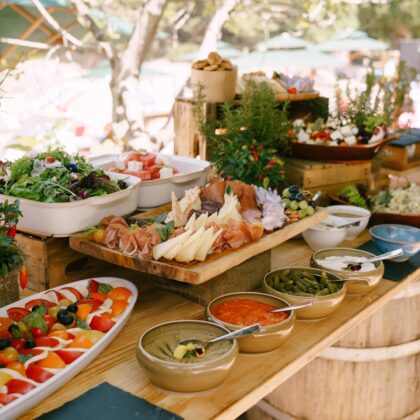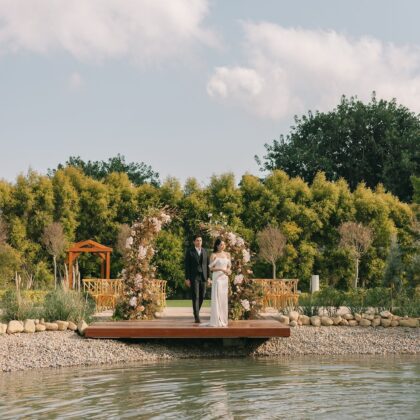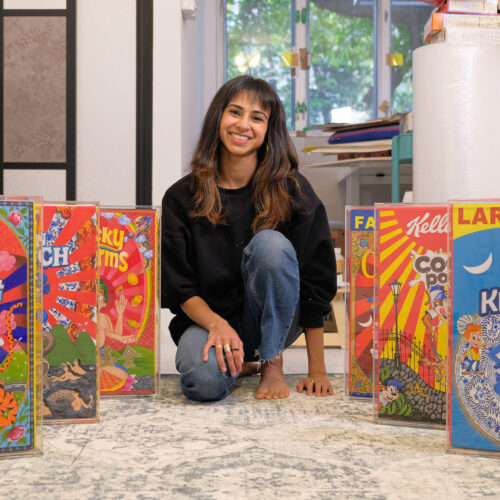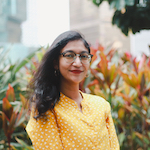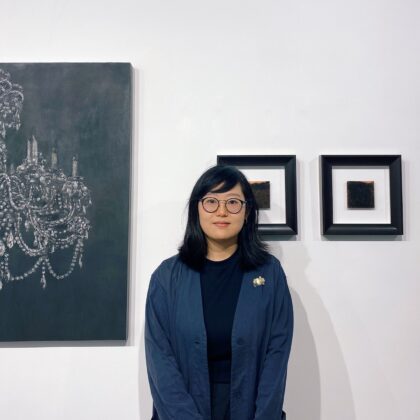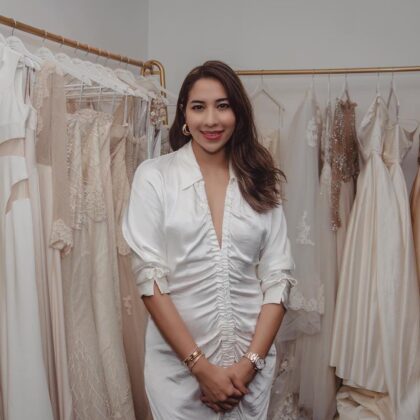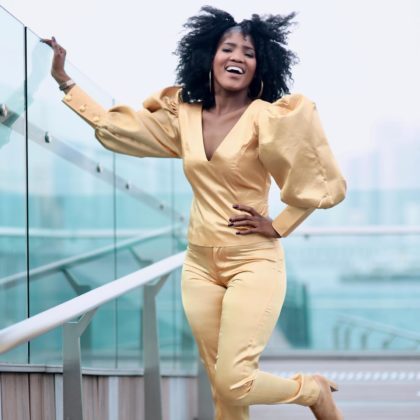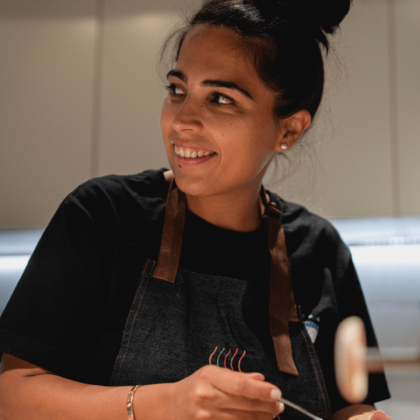Riya Chandiramani, a Hong Kong-born artist – well-known for her cereal box art featuring Hindu goddesses and more – shares the inspiration behind her work, upcoming projects and the global influences behind her works.
Art is a medium of expression, of oneself and values. For the audience, it’s finding resonation in unexpected forms – be it a favourite childhood snack, a new-found love for a home-grown brand, a social value or mythological figures. When we first laid eyes on Riya Chandiramani’s recreations of cereal boxes, we were struck by more components than one – the vivid colours, the strong female figures and the overall nostalgia. It definitely went beyond mere cereal boxes.
We talk to Riya about her influences and inspirations, how being an Indian-Hongkonger and a global citizen ties into her work, her future projects and the sheer joy of following your passions (as well as the not-so-pretty side of it).
Tell us a bit about your background. Were you raised in Hong Kong? Do you identify as an Indian Hong Konger?
Yes – I was born and raised in Hong Kong, and honestly, I struggled to identify myself up until recently. I felt I wasn’t “enough” of either to be a Hong Konger or Indian, though I’m both — so I guess Indian Hong Konger is a good term to describe me.
When I heard the term Third Culture Kid it definitely resonated and I have learned to embrace it.
And I think it shows in my art – East meets West; a cultural mix of Indian, Hong Kong, Chinese and all the Western influences I grew up with as well, and experienced while I was in the US for university.
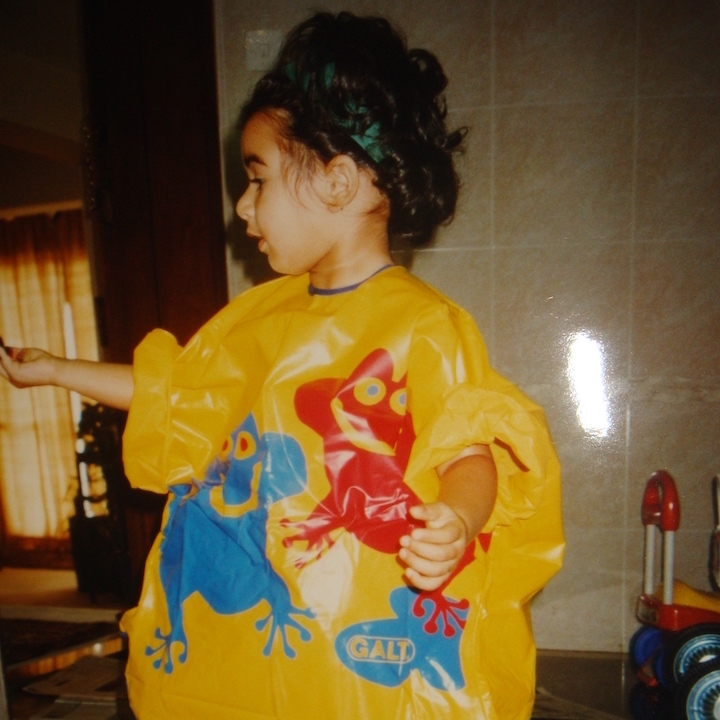
When did you first feel drawn to art or consider yourself an artist?
Before I can even remember! There are so many photos of myself as a young child with either a pen, paintbrush, crayons or colour pencils in my hand. It was definitely a result of my upbringing — I was surrounded by so much gorgeous South Asian art at home.
And my mom is a graphic designer — she is an incredibly talented artist, and really encouraged me to paint and draw. I think growing up it was not really seen as a viable career/ future path to become an artist but given that it happened organically for me as an adult despite not even formally training for it, I suppose this was always what I was going to end up doing.
I have been a full-time artist for five years now. I’m extremely fortunate — my parents are immensely supportive of me being an artist and are some of my biggest cheerleaders.
Read More: That Girl – Aanchal Wadhwani, Actress & Photographer
Can you tell us about your practice and work — your inspirations? Would you consider cereal boxes as your signature?
My inspirations are primarily drawn from ideas around societal stigma, especially surrounding gender; and my personal experiences. The inspiration around gender comes from my university studies in communications with a focus on gender. Some of the courses that had the greatest impact on me were about gender stereotypes in the media and popular culture, and gender and sexuality in Hinduism.
I would not consider cereal boxes my signature, but people associate me with it because it has been my first major series and made quite a visual ‘mark’ through my shows with Young Soy Gallery and Vain Projects. I am very wary about putting myself in a box (no pun intended) and I don’t want to be just known as the cereal girl so after three years, I am actually moving on to a new series.
I started the cereal boxes because I love cereal and because I ate it a lot in my recovery from an eating disorder, after not allowing myself to have anything that brought me joy.
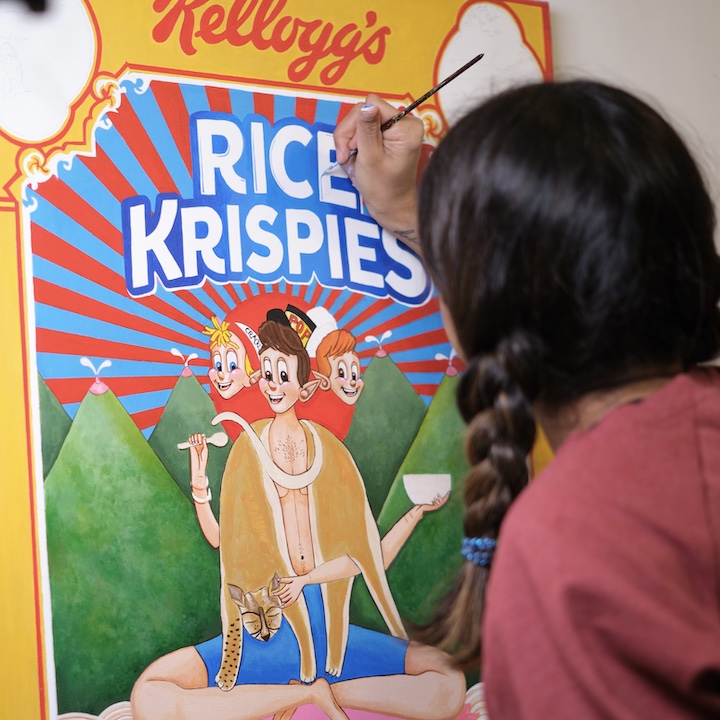
But then I learned that the mascots are all male and everything clicked together. The lack of differentiation in female representation made me want to reimagine this style by portraying strong mother goddesses who fight and feed; or in some pieces, I portrayed the parts that give life feeding the male mascots.
The fusion of Western branding, and Indian and Chinese cultural art is representative of my mix as a Hong Kong-born Indian woman with an international upbringing.
What emotion do you aim to evoke when people view your art?
I believe good art evokes emotion and starts a conversation, whether internal or external. Hard as it is as a control freak, I’m learning to accept that I cannot control how people interpret my work. All I can do is put it out there, and if the audience cares to understand my meaning, that’s great, but they may not and I have to be ok with it.
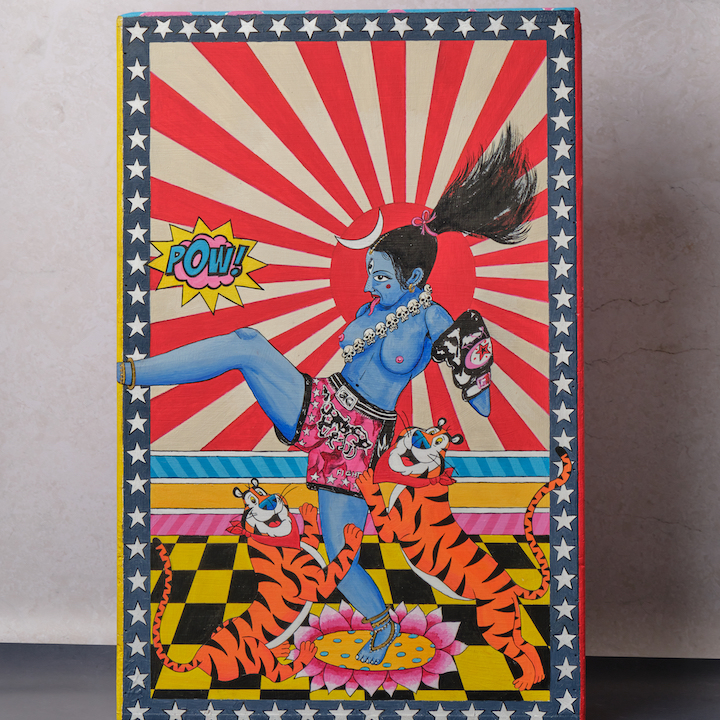
How much of yourself is represented in your art?
In my last series of boxes for Art Central, I featured some self-portraits for the first time. This was an interesting exercise because I’ve always been very conscious of depicting human figures, I wouldn’t consider it one of my strengths. But putting myself into the pieces, especially given the messages behind them, really added another dimension and felt very empowering.
Read More: 5 LGBTQ+ Hong Kong Visual Artists To Follow Now
Your artworks have been a hit — with multiple gallery shows as well as a booth in both Art Central and the Affordable Art Fair. How does it feel to get that recognition and appreciation for your art?
It feels amazing and I’m very grateful. The thing with constantly working towards new shows (which is a privilege, for sure) is that I often forget to step back and appreciate what I’ve achieved so far, and be thankful for all the support. I also forget to take a break – I often process when I burn out.
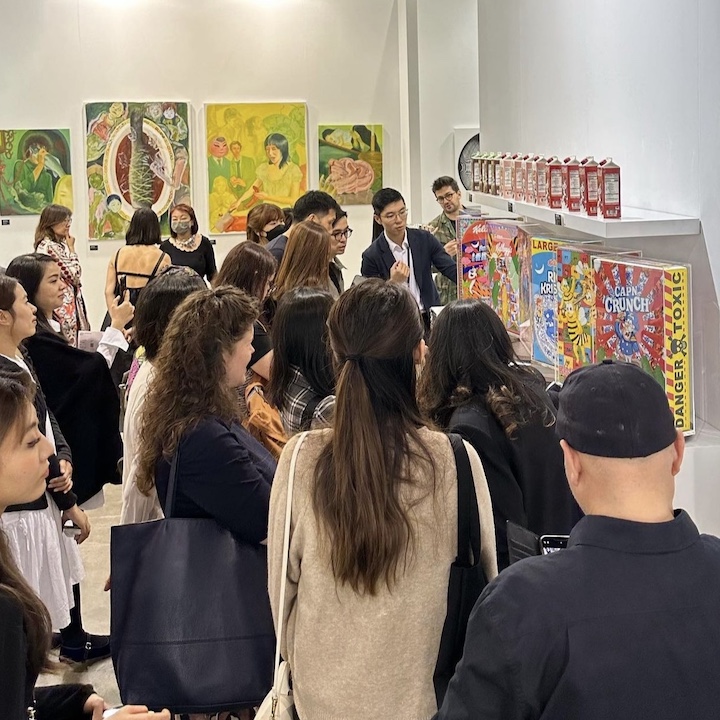
I try not to worry too much of how my new works will be perceived but at the end of the day, I think we all care a little more than we’d like to about what others think. That’s not to say I’m very glad my work has been received very positively thus far!
How do you think your art has been received in Hong Kong?
From what I can ascertain, it seems to have been received well so far – despite my work being a mix of all the things that make me “me,” so to speak.
I think there is something in there for everyone to relate to in some way.
At the Delirium group show with Young Soy Gallery last July, I featured some Hong Kong brands – Kowloon Dairy and Garden Life Bread; and Indian brands – Amul Milk and Parle-G, and I loved how those were received specifically by people who resonated with the brands and then looked further into what I was saying in the pieces.
There have been people who have expressed concern about my usage of goddesses in my pieces – and this has also been the crux of some of the hate comments I received on Instagram from some people in India who claimed that my work was disrespectful. To that – I say, respect is at the core of my work and it honours the female body and powers.
What are three personal goals you have in the near future as an artist?
![]() To try out new mediums – which I am currently doing with oil paint, and I’m loving it so far. I also have plans to get into sculpture. And to go larger in size of my pieces.
To try out new mediums – which I am currently doing with oil paint, and I’m loving it so far. I also have plans to get into sculpture. And to go larger in size of my pieces.
![]() To try living somewhere other than Hong Kong for a little while, to experience different kinds of inspiration from new surroundings.
To try living somewhere other than Hong Kong for a little while, to experience different kinds of inspiration from new surroundings.
![]() To take better care of myself – which includes taking more breaks, as well as being cognisant of how many projects I take on, how much I charge, and sometimes not being afraid to say no.
To take better care of myself – which includes taking more breaks, as well as being cognisant of how many projects I take on, how much I charge, and sometimes not being afraid to say no.
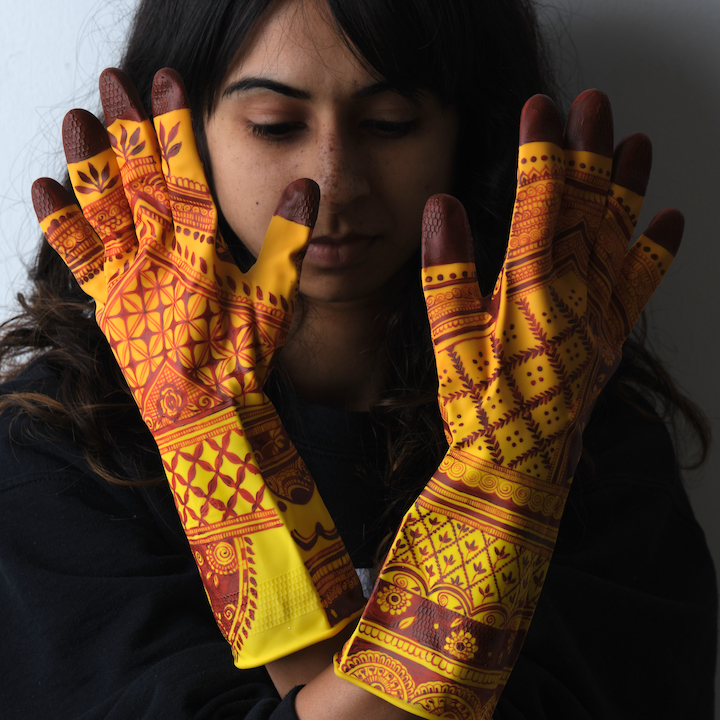
Do you have any plans to expand your work in other forms of art? What would it be?
I’m working on a series of rubber gloves that have been painted with bridal mehndi (henna) patterns. It’s a series that circles around the notion a woman’s value and worth is to strive to be “marriable” – and that this is the main goal no matter what else we achieve. Coupled with the idea of the invisible woman, the second shift, and all the extra unpaid work that women often do.
Lastly, what are three emotions you feel when doing something you love and why would you say it’s important to go after your passion?
Three positive emotions I feel are gratitude, curiosity, and calmness. Three negative emotions are anxiety, obsession, and self-doubt. It all goes hand in hand.
There is that phrase that goes something like, “Do what you love and you’ll never work a day in your life,” I don’t agree – you can do what you love and it is still work. But it is important work, because by doing what you love, you feel like a more fulfilled person. It definitely ties into mental health and that is why I think it is important to go after your passion – it is one of the highest forms of self-respect, in my opinion.
Read More: Must-See Hong Kong Art Exhibitions
All image courtesy of Riya Chandiramani. Follow her Instagram to stay in the know.


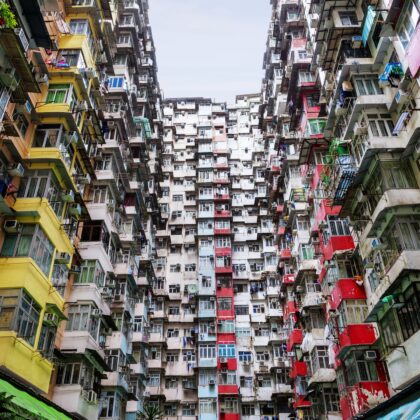
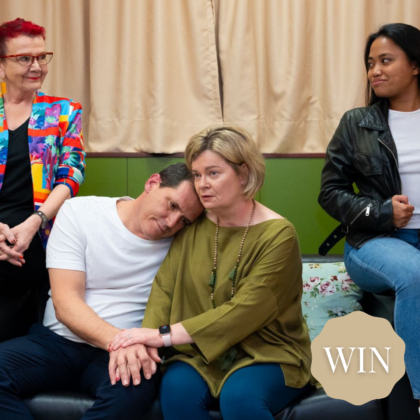
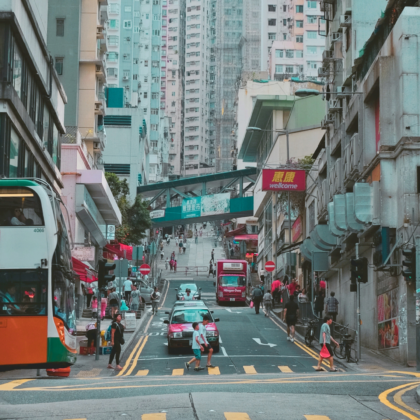
 Eat & Drink
Eat & Drink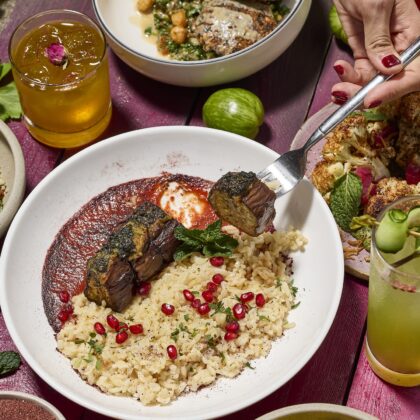
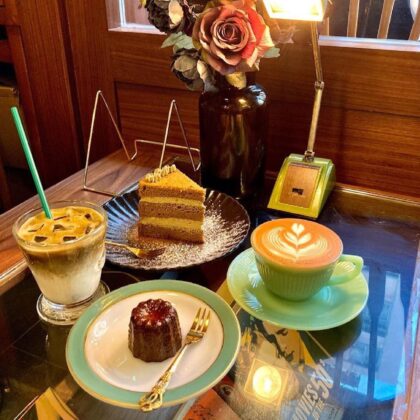
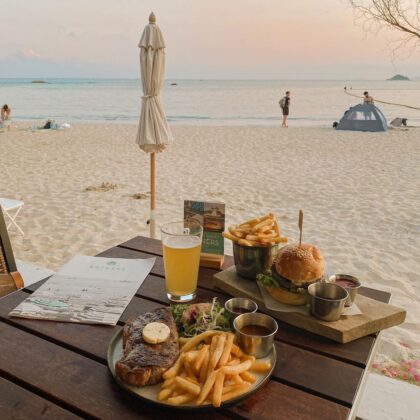

 Travel
Travel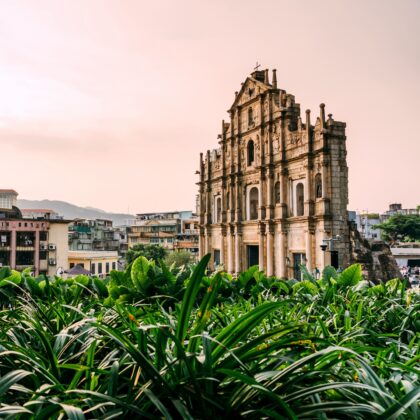
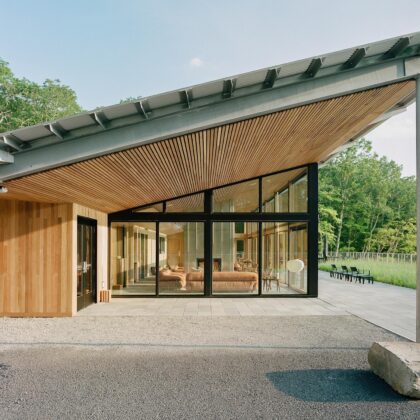
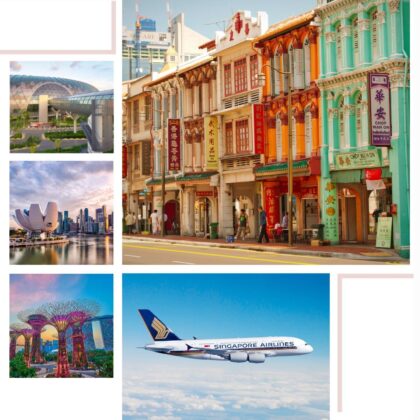
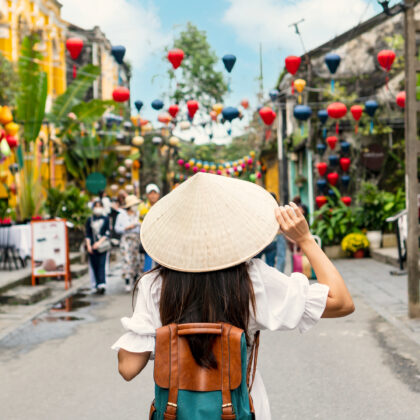
 Style
Style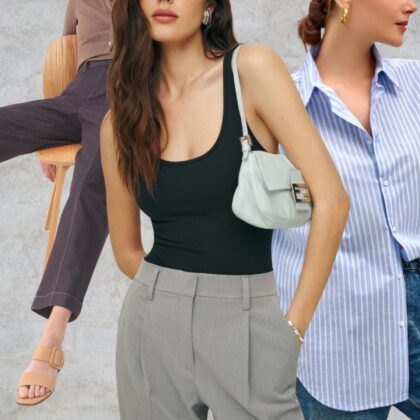
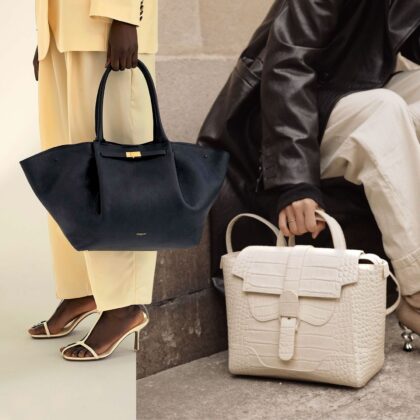
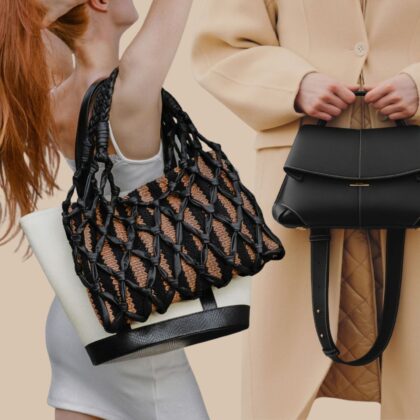
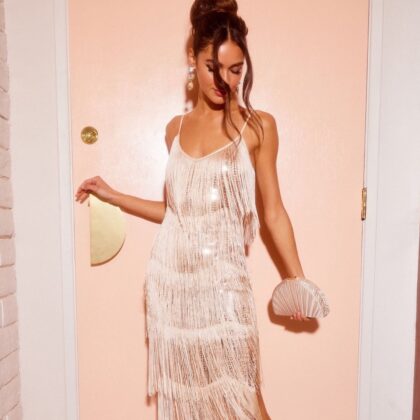
 Beauty
Beauty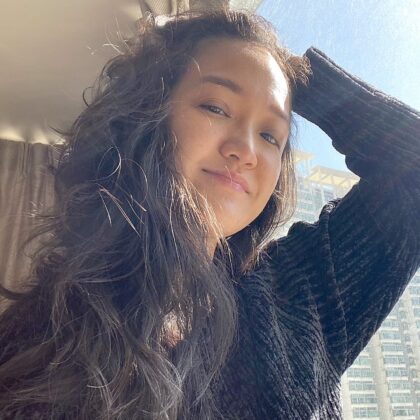
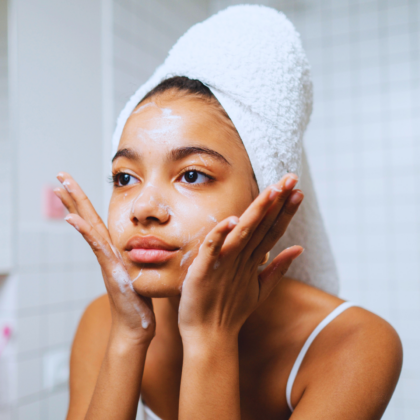
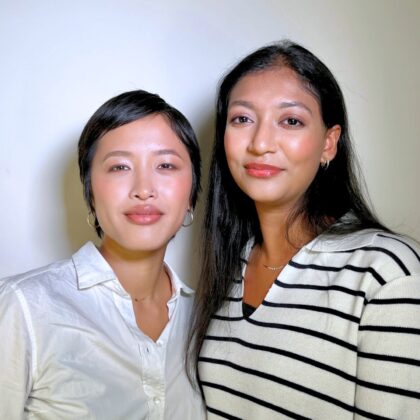
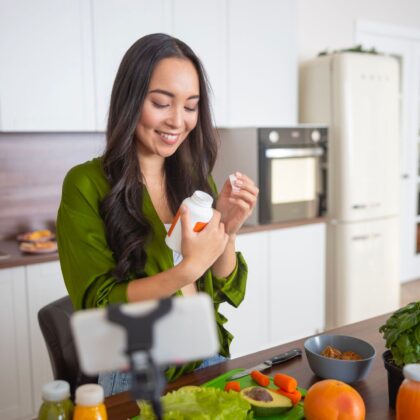
 Health & Wellness
Health & Wellness
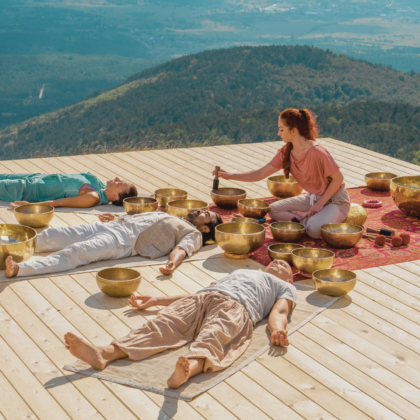
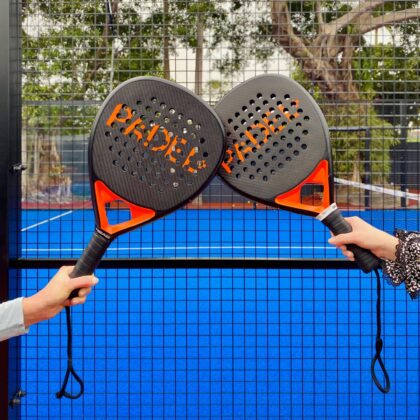
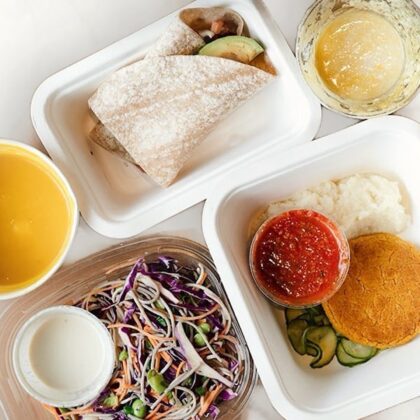
 Home & Decor
Home & Decor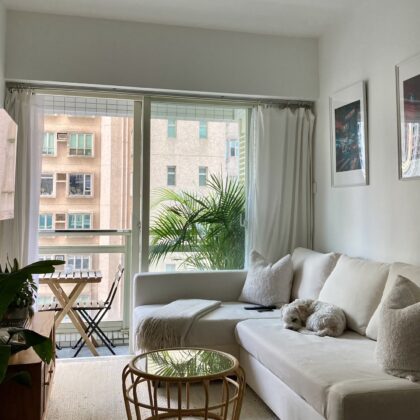
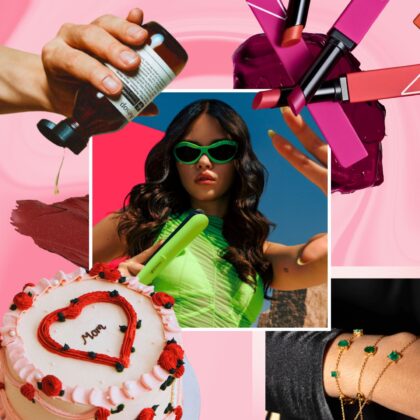
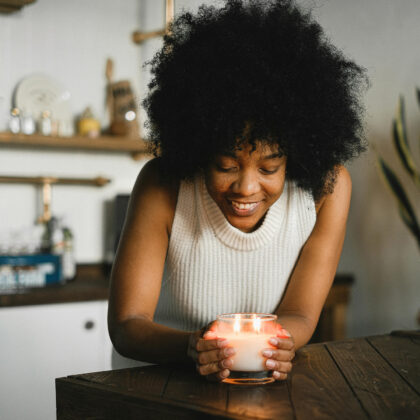
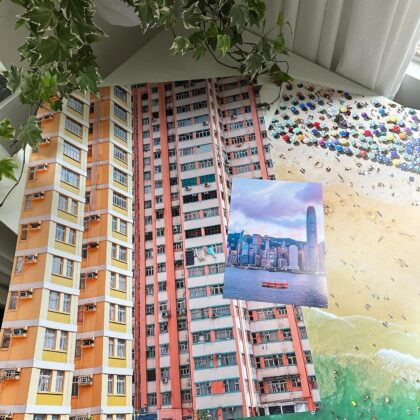
 Lifestyle
Lifestyle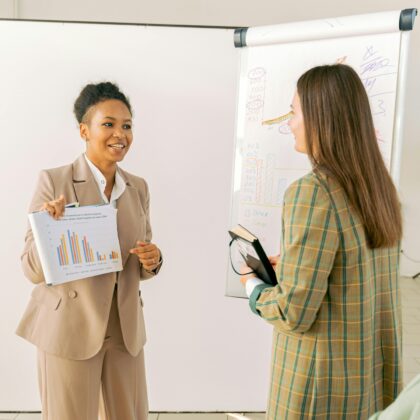
 Weddings
Weddings
